Corydalis calycosa
£6.45
A mound-forming perennial with attractive bright-green foliage. Dense racemes of incredible blue flowers are produced from May to July. Prefers a cool moist position. Summer dormant when too hot and dry. Height and Spread 30cm. Partial shade. Hardy.
Description
Corydalis calycosa is a hardy, mound-forming perennial known for its striking blue flowers and bright-green foliage. Flowering from May to July, this plant thrives in partial shade with moist, well-drained soil. It goes dormant in hot, dry summers but reliably returns each year, making it an excellent choice for woodland gardens and shaded borders. Follow this detailed guide to ensure your Corydalis calycosa flourishes in your garden.
PLANTING and AFTERCARE GUIDE
Best Planting Time
- Spring: Plant Corydalis calycosa in early spring when the soil begins to warm. This allows the roots to establish before the growing season, ensuring strong growth and abundant flowering.
- Autumn: Alternatively, planting in early autumn gives the plant time to settle before dormancy, promoting vigorous spring growth.
Site Selection
- Sunlight: Corydalis calycosa thrives in partial shade, making it ideal for woodland areas, shaded rock gardens, or under deciduous trees. It prefers dappled light and should be protected from harsh afternoon sun.
- Soil: This plant requires moist, well-drained soil rich in organic matter. Avoid planting in dry or waterlogged conditions. Adding compost or leaf mould improves soil structure and enhances moisture retention.
Planting Instructions
- Prepare the Planting Hole – Dig a hole twice as wide as the root ball and the same depth to allow for root expansion.
- Soil Enrichment – Mix organic compost into the soil to enhance fertility and drainage.
- Positioning the Plant – Place Corydalis calycosa in the hole, ensuring the top of the root ball is level with the surrounding soil.
- Backfilling & Firming – Gently backfill the hole, pressing the soil down to remove air pockets.
- Initial Watering – Water thoroughly after planting to help the plant settle in.
Watering Requirements
- During Growth: Corydalis calycosa prefers consistently moist soil, so water regularly, especially during dry spells. However, avoid waterlogging, as excessive moisture can cause root rot.
- Dormant Period: This plant may enter summer dormancy if conditions become too hot and dry. Reduce watering during this time but ensure the soil doesn’t completely dry out.
Feeding
- Early Spring: Apply a balanced organic fertiliser at the start of the growing season to encourage lush foliage and abundant blooms.
- Mid-Season Boost: A light application of liquid feed in late spring can help sustain flower production.
Pruning & Maintenance
- Deadheading: Regularly remove spent flowers to extend the blooming period and maintain a tidy appearance.
- Autumn Care: Once the plant finishes flowering and foliage begins to die back, trim back any yellowing leaves. This prepares Corydalis calycosa for its dormant phase.
Mulching
- Spring: Apply a layer of mulch around the base to retain moisture, suppress weeds, and regulate soil temperature.
- Winter: Mulching in late autumn provides insulation and protects the roots from frost damage, ensuring strong regrowth in spring.
Supporting the Plant
- No Staking Required: Corydalis calycosa maintains a compact, clump-forming habit and does not require staking. However, if grown in particularly exposed areas, consider planting near taller plants or structures for additional shelter.
Final Tips
By selecting a shaded, moist environment and following proper planting and care techniques, Corydalis calycosa will thrive and reward you with vibrant blue flowers year after year. This low-maintenance perennial is perfect for woodland settings, shaded borders, or naturalised areas, where it will flourish with minimal effort. With the right care, Corydalis calycosa will be a stunning addition to your garden, bringing colour and texture to shaded spaces throughout the growing season.
Additional information
| Pot Size |
|---|



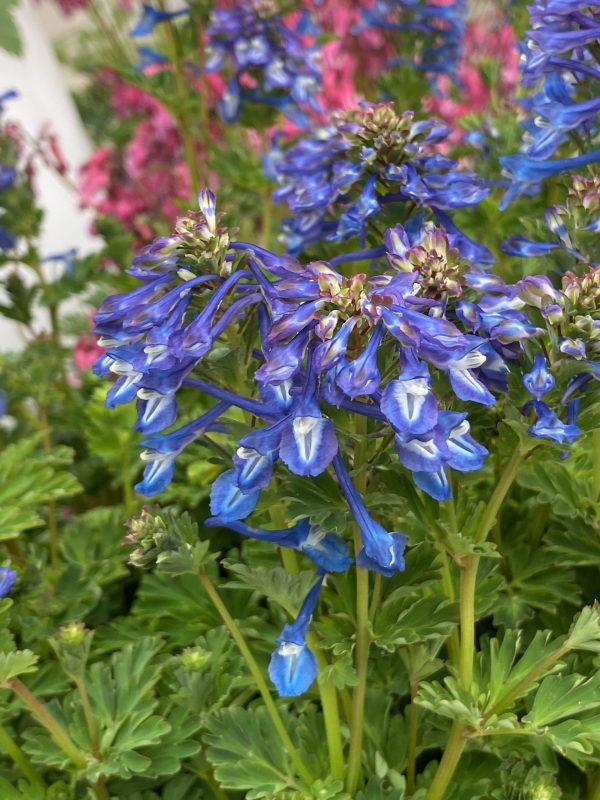
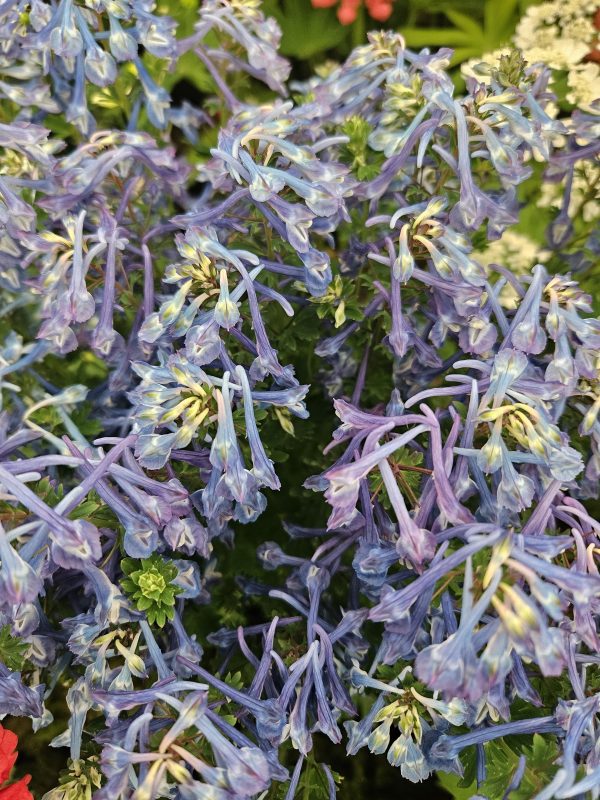
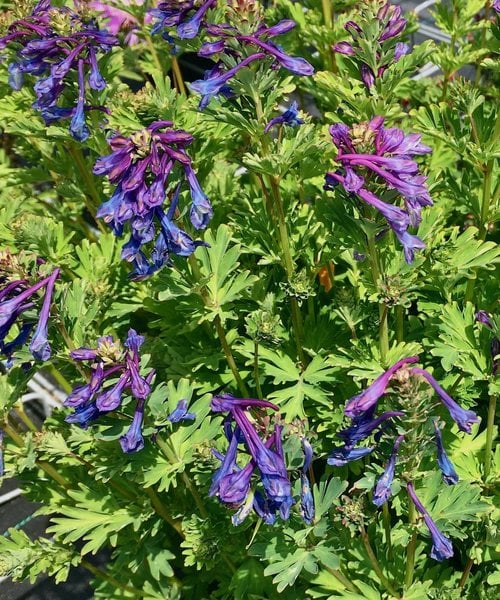
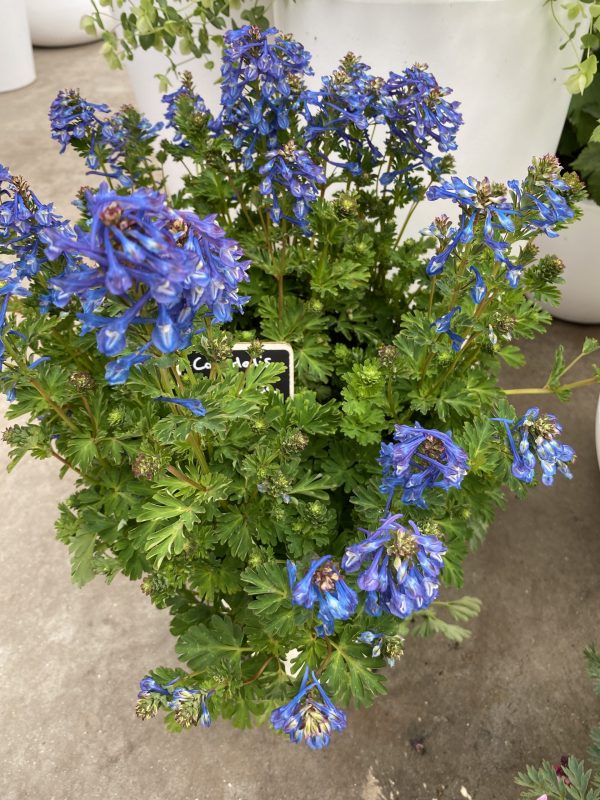
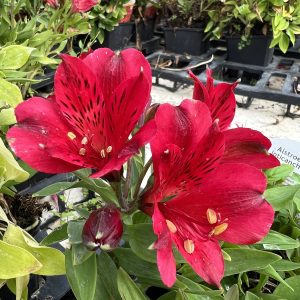
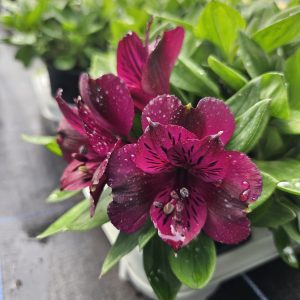
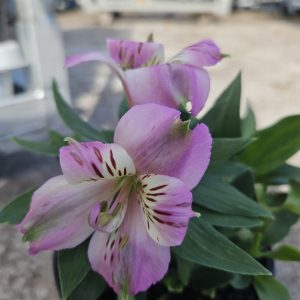
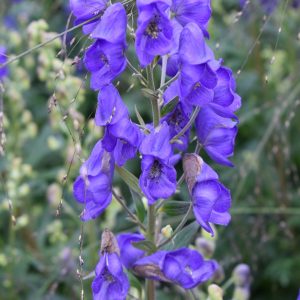
Non Mosey (verified owner) –
Gary Colledge (verified owner) –
Good quality
Brian Denny (verified owner) –